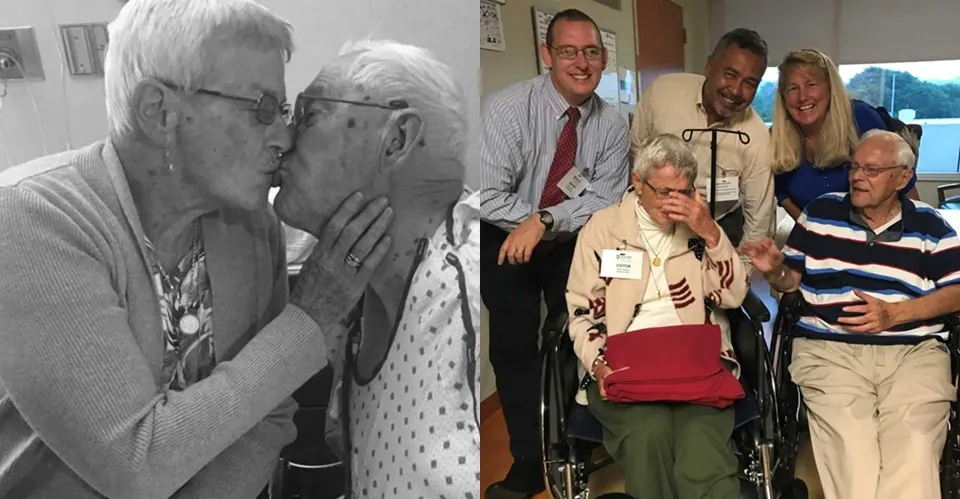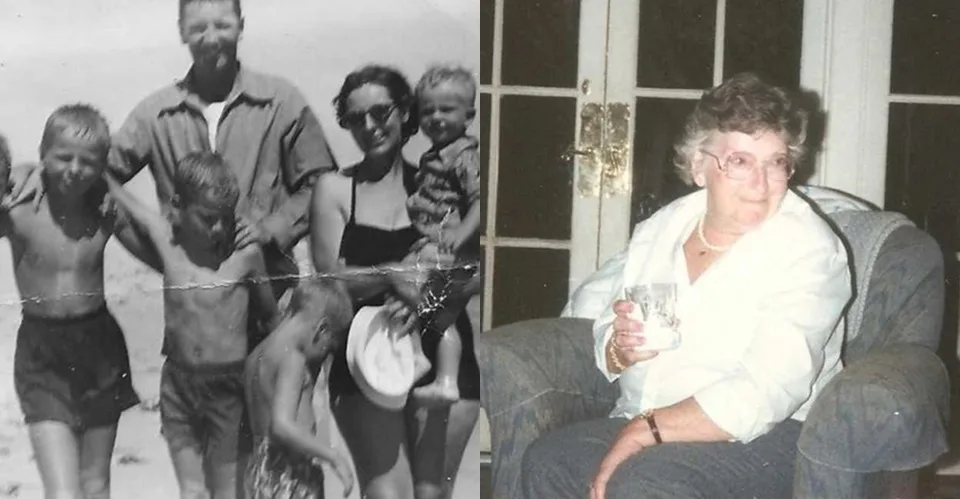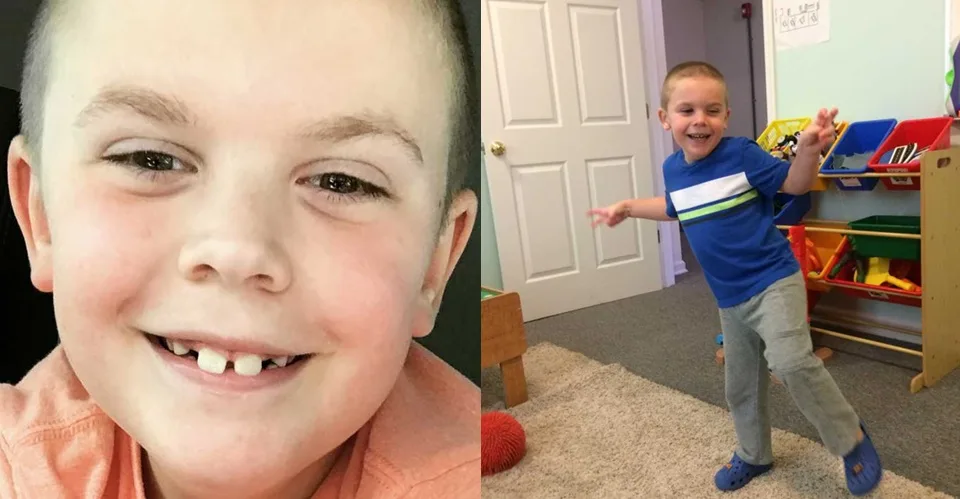There was nothing I wanted more than to be called “mommy.” For as long as I could remember, I pictured myself with a round belly, feeling little kicks, daydreaming about baby showers and midnight cravings. That dream finally felt real in March of 2013. Just as my husband and I were about to head out to celebrate St. Patrick’s Day with friends, I took a test. Two blue lines appeared. I stood there in shock, then excitement, then pure nerves. I was finally going to be a mom.

The excitement didn’t last long before worry crept in. After a routine ultrasound, I got the kind of phone call no expectant mother ever wants to hear. The nurse told me there were abnormalities, that my baby’s head was measuring very small. By the time the call ended, I was on the floor at work, convinced my baby would never have a normal life. Three excruciating weeks later, after more testing, I learned my baby was completely healthy. Relief doesn’t even begin to describe how I felt.

My due date came closer, and by late November I was desperate to meet my little boy. I begged my midwife to do a stretch and sweep to try to get labor going. I bounced on a yoga ball, ate spicy food, even tried pineapple. Hours passed and nothing happened—until finally, contractions started. The midwives came and went, but it wasn’t until I was four centimeters that they sent me to the hospital. What followed was 42 hours of labor, ending in an emergency C-section under general anesthesia. I woke up groggy, in pain, and with a crushing spinal headache. I didn’t even hold my baby until the next day.

Those first days in the hospital were nothing like I imagined. Instead of bliss, it was a blur of tears, pain, and frustration. I could barely lift my head, so I met my son for the first time from a wheelchair. Breastfeeding was a struggle from the start, I couldn’t focus, couldn’t sit up long enough, and every ounce I managed to pump felt like climbing a mountain. Five days of this left me broken. Eventually, the doctors tried a spinal blood patch to ease the pain, and I remember lying perfectly still, praying this would finally bring me some relief.

But even after the procedure worked, the bond I imagined having with my son didn’t come. My days at home were filled with doctor visits, heating pads, and the heavy weight of guilt. Each morning I’d wake up and wonder, “Is today the day I finally connect with him?” I loved him, of course I did but something felt off. I covered it up with smiles and reassurances to friends and family, pretending everything was “great.” Inside, though, I felt like I was failing at the very thing I wanted most.
Breastfeeding only deepened my struggles. I hated it ,every second was painful and isolating. Still, I kept going because of the endless voices in my head whispering, “Breast is best. You’ll be a bad mom if you quit.” The pressure, the exhaustion, and my own harsh self talk pushed me down a dark path. Sometimes, in the quiet of night, I even wished I had never had a baby at all. It’s hard to admit, but it’s the truth. Looking back, I think some of those feelings started while I was still pregnant, around the six-month mark.

Over time, anxiety, intrusive thoughts, and overwhelming fears started to take over. I avoided places and situations that should have been fun. I missed work, isolated myself, and cried more times than I can count. Eventually, I opened up about it, to friends, to family, and finally to my doctor. Most brushed it off as “baby blues” or postpartum depression. But after therapy and more conversations, my doctor gave me a diagnosis I didn’t expect: OCD.

At first, I didn’t believe it. OCD? I wasn’t someone who lined things up perfectly or obsessed over cleanliness. I held onto the prescription for five months, convinced I could handle it alone. Until one morning, I couldn’t. I walked to the pharmacy, prescription clutched in my hand, feeling embarrassed and ashamed. When the pharmacist told me it could take weeks to work, I nearly broke down. But in May, eight years ago, I took my first dose of Sertraline, and little by little, life began to feel manageable again.

Since then, I’ve learned what OCD really is. It’s not about being neat or particular. It’s about paralyzing intrusive thoughts and compulsions that temporarily quiet the anxiety, only for it to flood back stronger. The casual way people misuse the term can feel like a punch to those of us who live with it daily. That’s part of why I share my story, if I can shift even one person’s understanding, it’s worth it.

Today, I’m proud to say I’m a mom to two beautiful boys, a stepmom to three more amazing kids, a dog mom, and a small business owner. My OCD is part of me, but it doesn’t define me. What defines me is that I asked for help, took it, and kept moving forward. Those little yellow pills didn’t just change my days, they saved my life.




